Seoung Won Sun, Art Critic
2021
There should be nothing more reckless than an attempt to read the context of a creator through a work. The value of art is not born from the material but is generated when the material is transferred to a substitute. For example, the value of art is beyond the realistic interpretation of the shape and the color that the paint produces on the canvas. Instead, it means perceiving an esthetic value of the harmony made from the difference of the shape and the color, and creating its reflection on new things in each period of the history.
There is no principle or method of putting the object of art and the value judgment in one line, but the act, intention and interpretative context that a piece of art can have through the process of its creation and circulation let us discover new value again. That is the ‘endless spiral structure of value’ and the virtuous circulation of the art, which is circulated beyond the material value of the art.1)
The linguistic elements that Fong proposes as context are revealed through the visual form. The series work (SAD hereinafter) of Silas Fong started from his exhibition 《SAD Info Days》 presented at Art Space Geumcheon in 2019. The poster of SAD with the blue sky in the background takes a similar form as the ones to promote the university where he works as professor. This poster, which catches our eyes with the blue sky and the cloud mark of the airplane up in the sky, attributes to the university a role of a ‘railroad switchman’ 2) who suggests a bright future to students.
Fong asks.
What does it mean to learn art at a university? How concretely does the future we imagine show us our reality?
The form of the SAD works aims at the conceptual art based on specific factual information. Through the works, he clearly states his social status, which is a university professor, and manipulates the interpretative judgmental awareness of viewers by inverting the social image of artist and professor. He presents the schema to execute the ‘way to become a successful artist’ covering the entire wall, and asks back to the viewer/participant the essence and the critical judgment hidden behind the work. Through question and answer process about the value that building one’s career as an artist should obtain, the participants in this project got to connect the social relationships into an ar-bitrary structure, not by learning. In addition, in the success schema of the art world that Fong analyzes, the Korean society is presented as a competitive ranking structure with a satire on its pervading rankism. Through the project of “Info Day” of SAD subtitled as “For a Better Success”, he questions if art and artist can ever develop by education and learning, and reveals the gap between the essence of art and its intended goal in the reality.
In 2020 at Cheongju Art Studio, he expanded the steps of the way to success as an artist in SAD project into the stages of sales and dis-tribution of artworks. He attempted to structuralize the way of becoming a successful artist through the method of marketing and to interpret the artistic value.
Fong found the boom of TV home shopping a unique social and cultural phenomenon of Korea, unlike Hong Kong. In the Korean society where the on-line commerce is much activated through mobile platforms and social media, the majority of customers using TV home shop-ping in Korea are middle-aged or older female consumers. Many of middle-aged or older consumers prefer TV home shopping because of its simple access with just one remote controller. Therefore, the advertising copy for them should be phrased simple and clear; Fong’s exhibition also adopted the expressions like ‘Only one on earth!’, ‘One in the world!’, ‘Recommended by the expert curator!’, and ‘Transfor-mation of a boring space into a gallery!’ which aim to delude customers. Of course, all this process in the work of Fong takes place in the exhibition venue. The artist invited the professional show host as the performer of his project to show the circulating method of art as com-mercial goods by reproducing a TV home shopping program in the exhibition space. The showy speech of show host and the clear ad-vertising copies covering all over the screen is no different from the actual home shopping channel program in reality. Walking a fine line between real and virtual, this project directs the position of artist, art piece, collector and viewer in an unconventional way. The reconstitution of a studio that produces an art rental home shopping program, thickly covered with only the marketing terms to sell the art pieces rather than to convey the essential value of the work, invites us to see the reality of art museums of our time from a critical perspective
<Greeting for Artists>, a sound installation to learn the common conversing manners used in the art world, describes the meaning hidden behind the actual said, yet still expressed in the intonation of Korean language, through social relational psychology. Fong is fond of this kind of unique psychological tug-of-war that can attract the attention of viewers/participants. (2008-2010) that he created at the very starting point of his career as an artist is also a video work that recorded people in the elevator during the short time of 6 seconds when the doors remain open on the 6th floor of a 40-story building in Hong Kong. Through this tug-of-war of gaze between the object, the people who are placed in a slightly different position each time the doors open, and the artist, he mischievously questions whose time it is. Fong induces some questions: Is the time acquired in a justifiable way (he had the right to stop the elevator by pushing the stop button) really justifiable? Is the materialization of the immaterial that can happen in the system of art, which is also a process of com-mercialization, (he resold DVDs containing the video filmed in such way) justifiable? Whose time was he selling?
One of his works that particularly attracted my attention was that he presented at the Hong Kong Art Center in 2015. He reconstituted his living space at the exhibition venue perfectly as it was including the shape, sound and lighting, and let the viewers/participants expe-rience that space for 10 minutes, after they pledged some code of conduct to be observed in the exhibition space. Through the promise with the viewer to follow the pre-decided regulation by the artist, he hides the time of the viewer/participant as well as the time of the artist himself in the form of the exhibition and questions back to the viewers what art is. It seems that he intended to twist the value of art suggested at the limit of conceptual art, highlighting the forced appreciation and enjoyment of art pieces and the one-sidedness of their experience.
His art is aiming at the conceptual art, but he rearranges in time certain immaterial things such as video, letter, text and sound, and makes use of the structure of relational psychology that connects Langue and Parole in the works, and the artist and the viewer in the society.
He regards his exhibitions as a place to build an ecosystem of art. Also the artist summons the viewer as a co-creator of his social exper-iment. His works are always based on a pre-determined scenario, but they do look like a real society including variable and constant, be-cause the artistic awareness of the participants has to be placed in his works. The information presented in Fong’s works is mostly undefinable as truth. Moreover, the gaze observing those pieces of information is also made in the social relationships, in the social con-ventions and their cultural background. Particularly, his observation to reveal the relation between the art and the society of our time is caustically critical and paradoxical. In the explanatory note of the exhibition, he said “SAD is a recurrent observation in the art community, self-awareness, and critique.” However, even someone who has the eyes of truth, if looking through a broken mirror, would see the frag-ments of images reflecting a distorted consciousness.
The works of Silas Fong, reflecting the consciousness about the problems that the art world of Korea is facing in reality, are not to be un-derstood from some art theories or common art perspectives, but to be perceived as a work of critical interpretation of our art society. His works invite us to realize that a new interpretation of art can obtain the justification, through our eyes as an observer summoned as viewer/participant to this event.
——————————————————————————————————————
1) In the interpretative sociology, we try to answer the questions such as ‘How is the meaning born and preserved in a social system?’, ‘How does the cultural background (norm, value, assumption taken for granted) influence on people’s decision?’ and ‘What does a specific piece of art mean?’ Max Weber, through the concept of ‘switchman metaphor’ believed that when people decide something, they behave legally according to their individual understanding. The meaning of reasonable choice, namely the profit, is based on the culture or concept.
2) Weber said ‘Not ideas, but material and ideal interests directly govern men’s conduct. Yet very frequently the ‘world-images’ that have been created by ‘ideas’ have, like switchmen, determined the tracks along which action has been pushed by the dynamic of interest.??The perspective of interpretative sociologists of ‘believing is seeing’ is often efficiently used to help understanding the meaning of a piece of art and how people produce a meaning out of a piece of art.
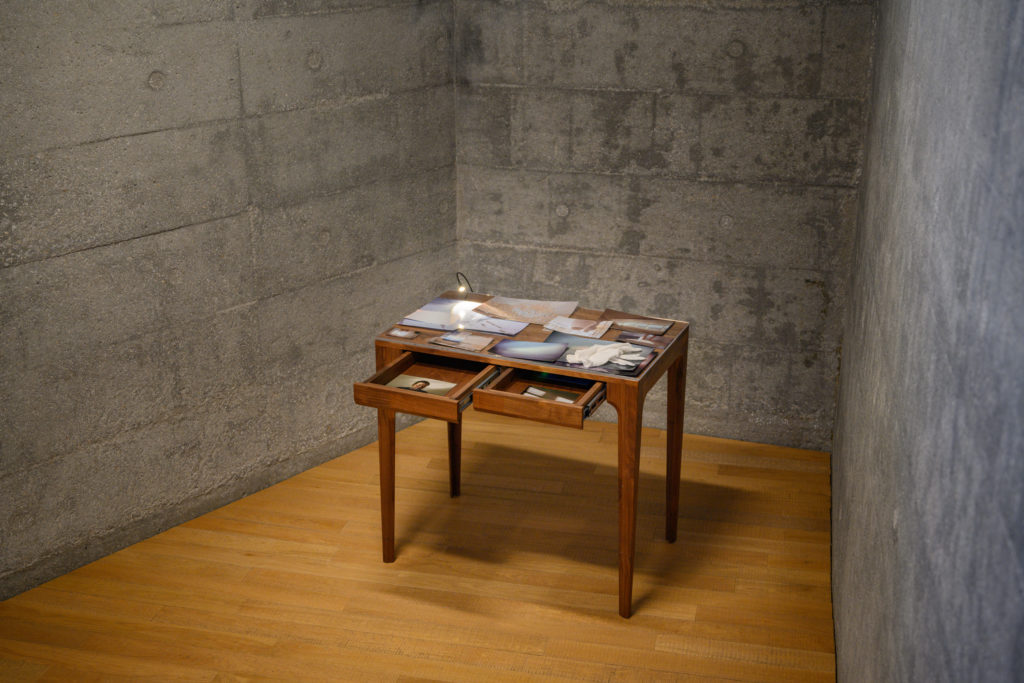
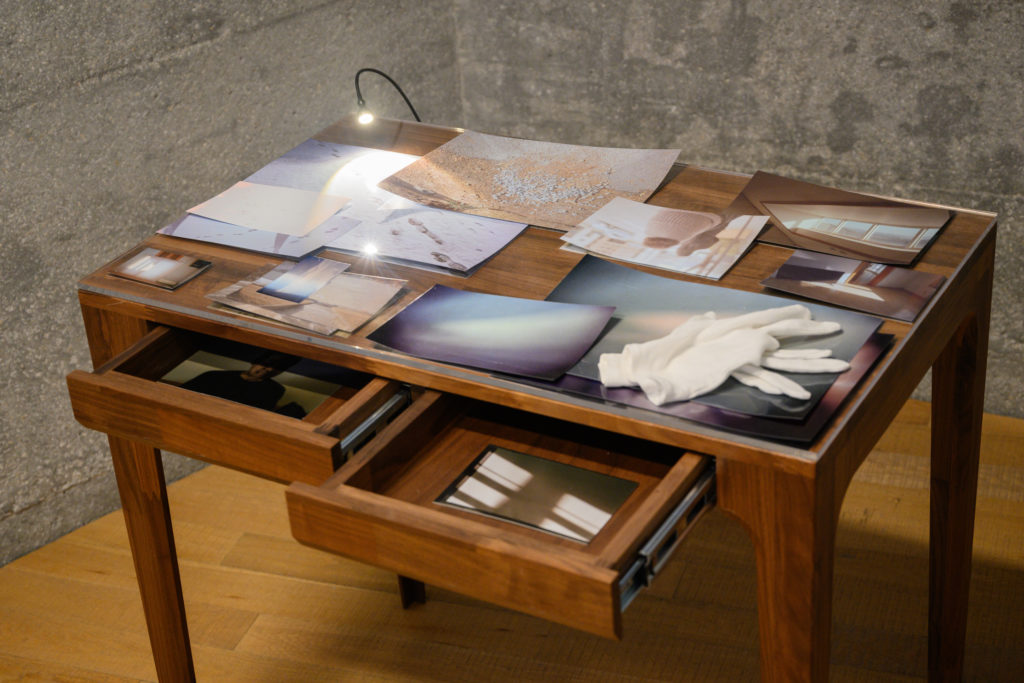
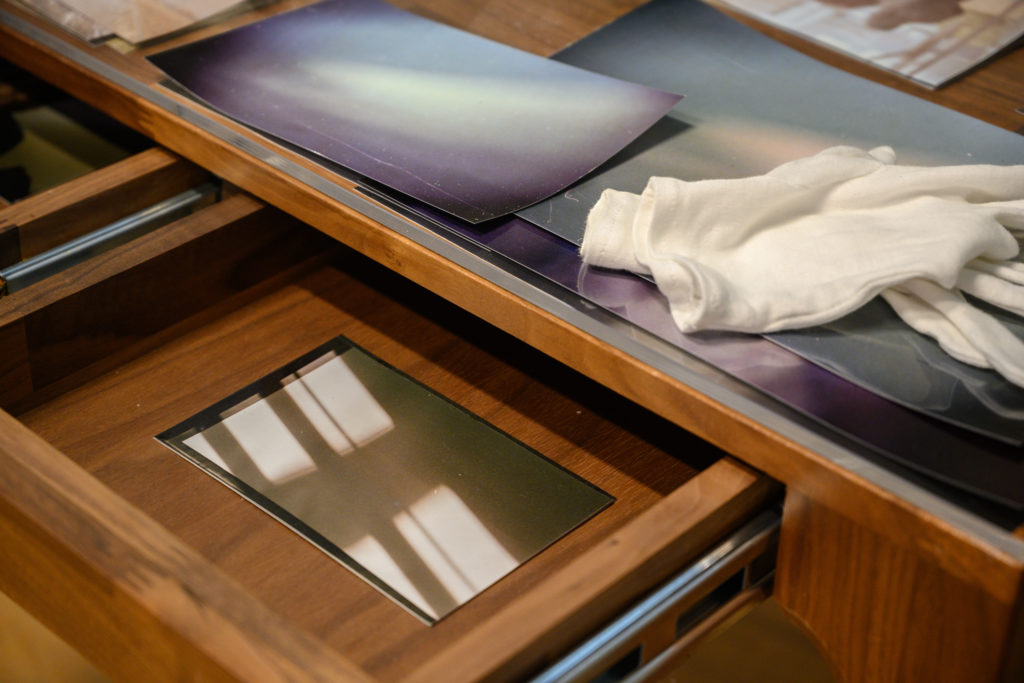
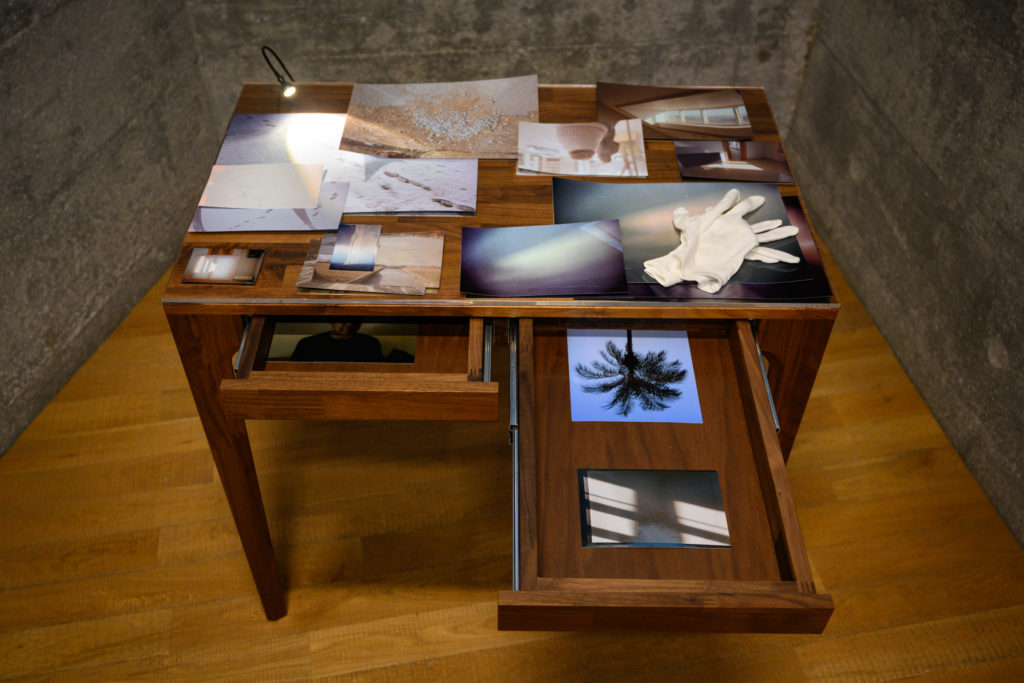
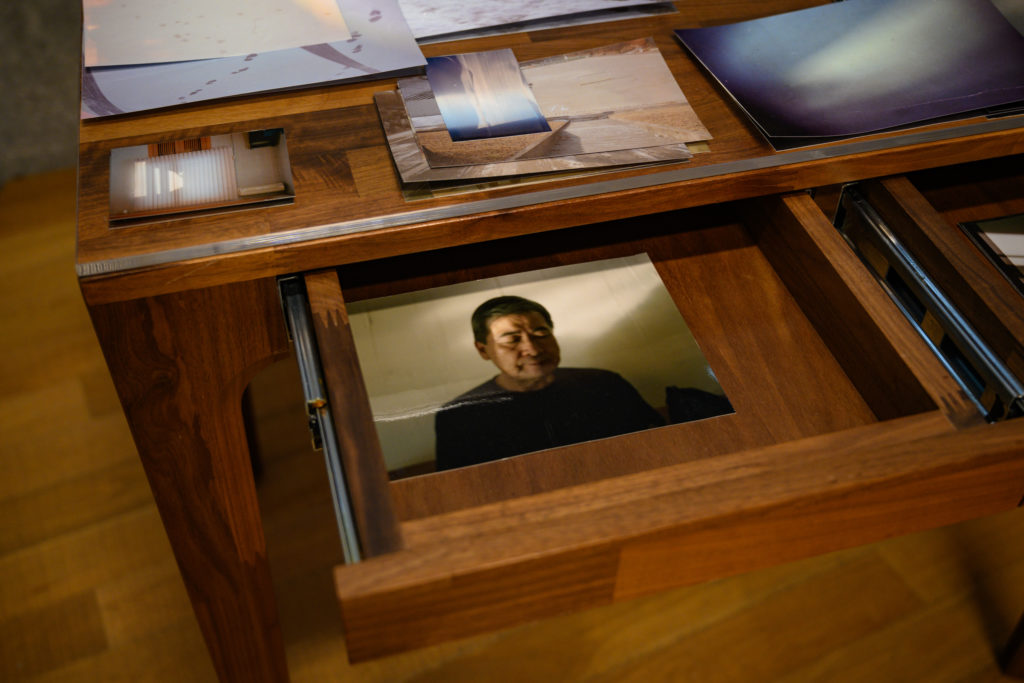
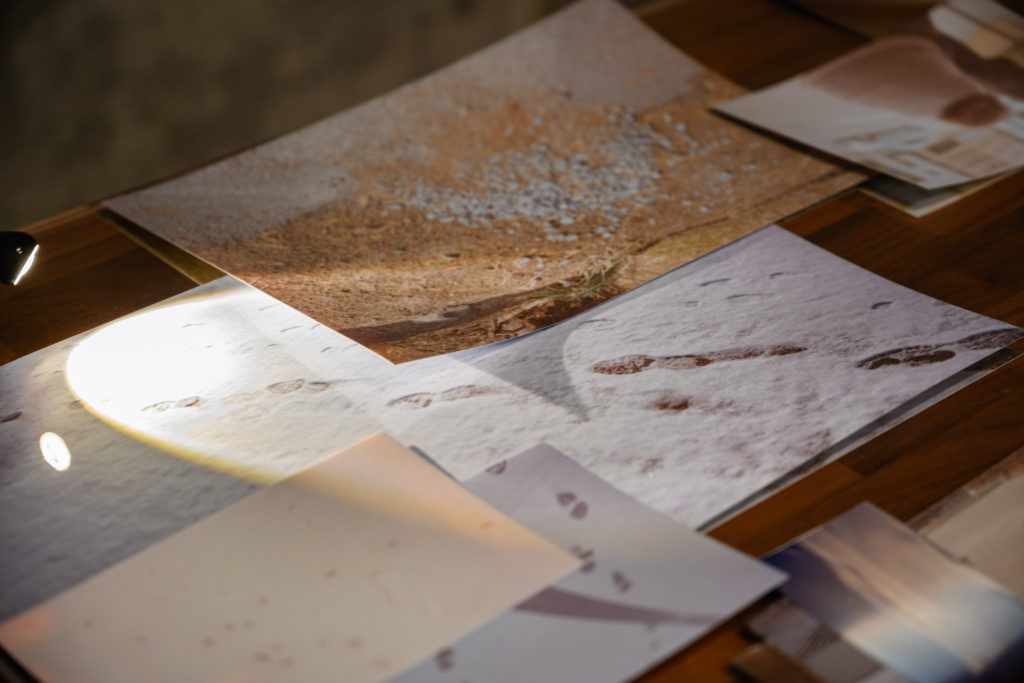
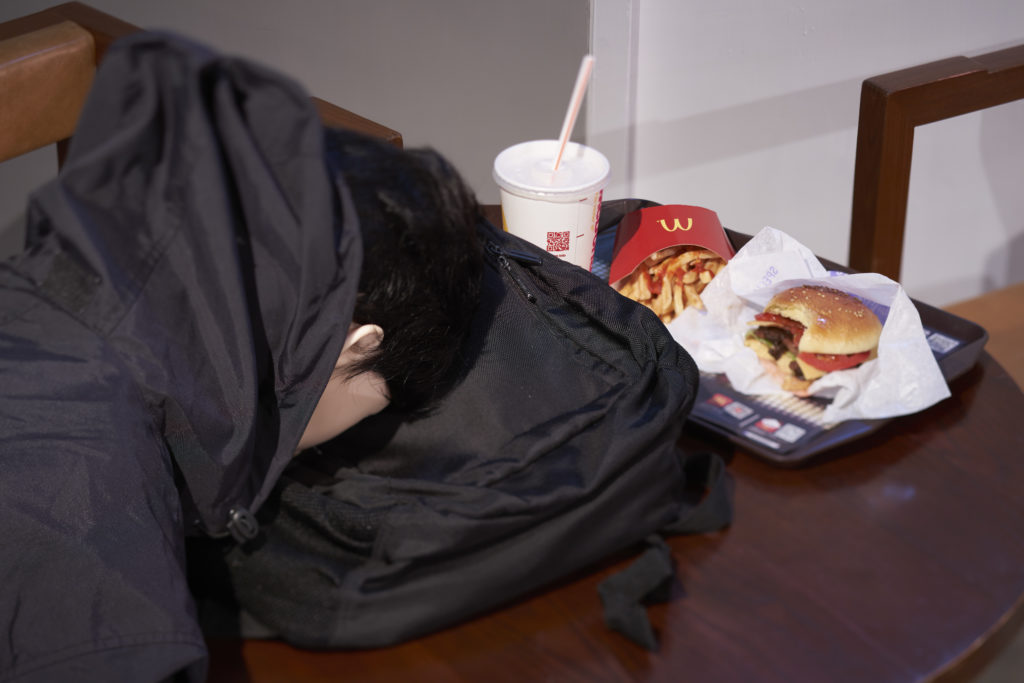
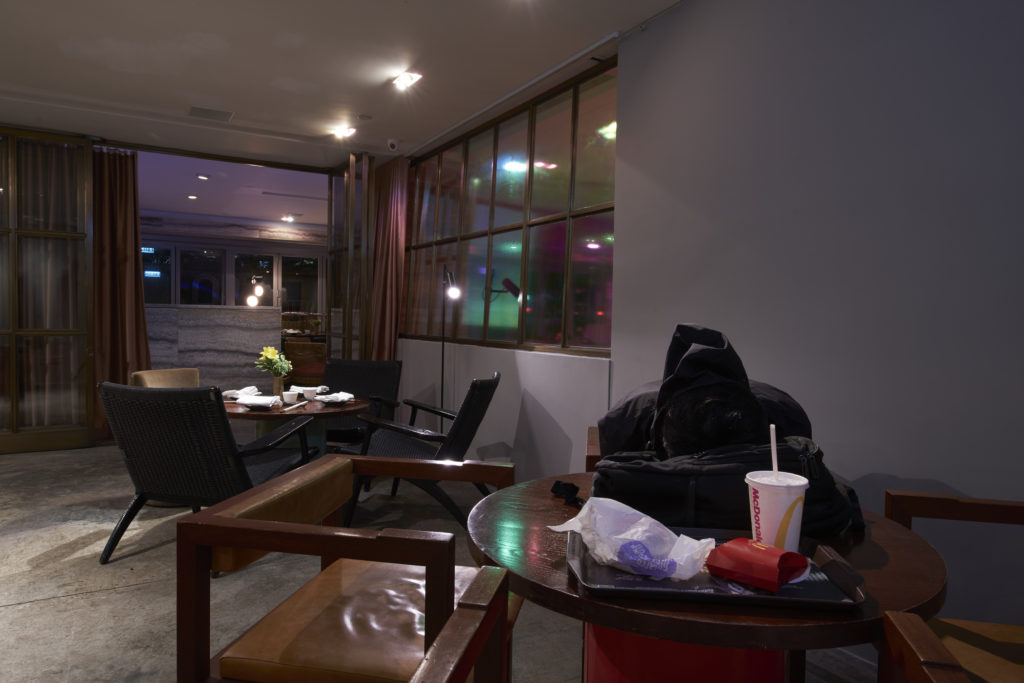
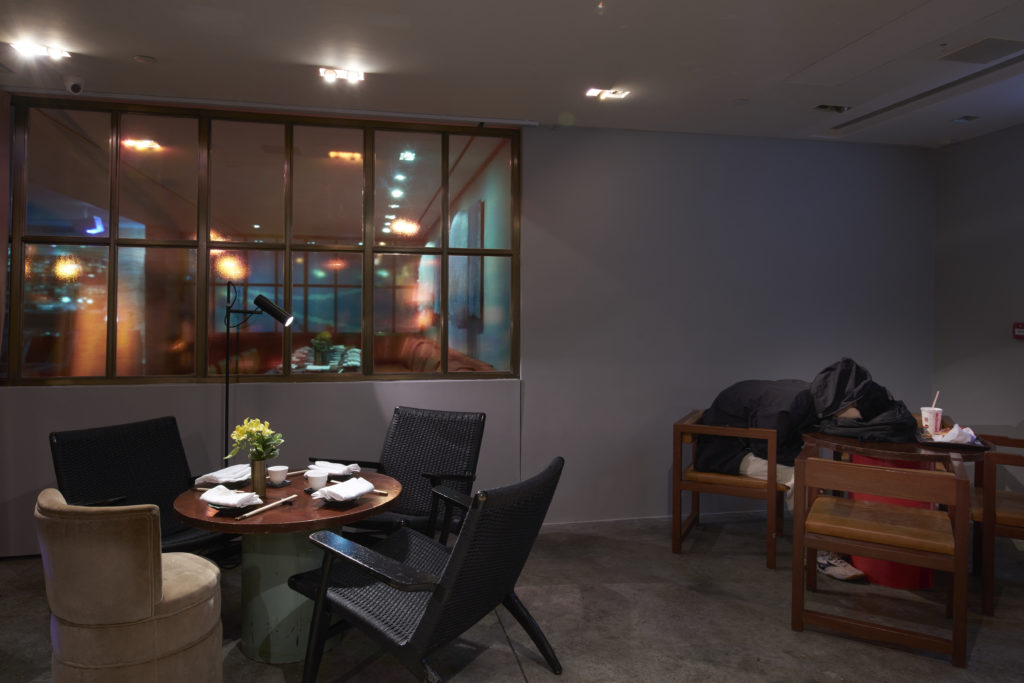
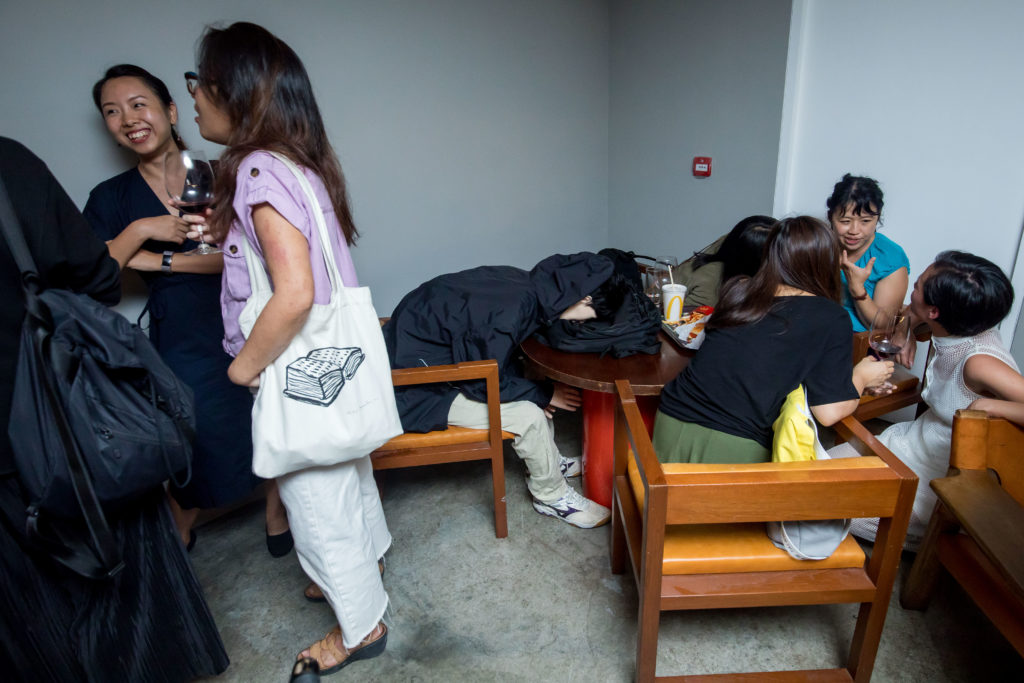
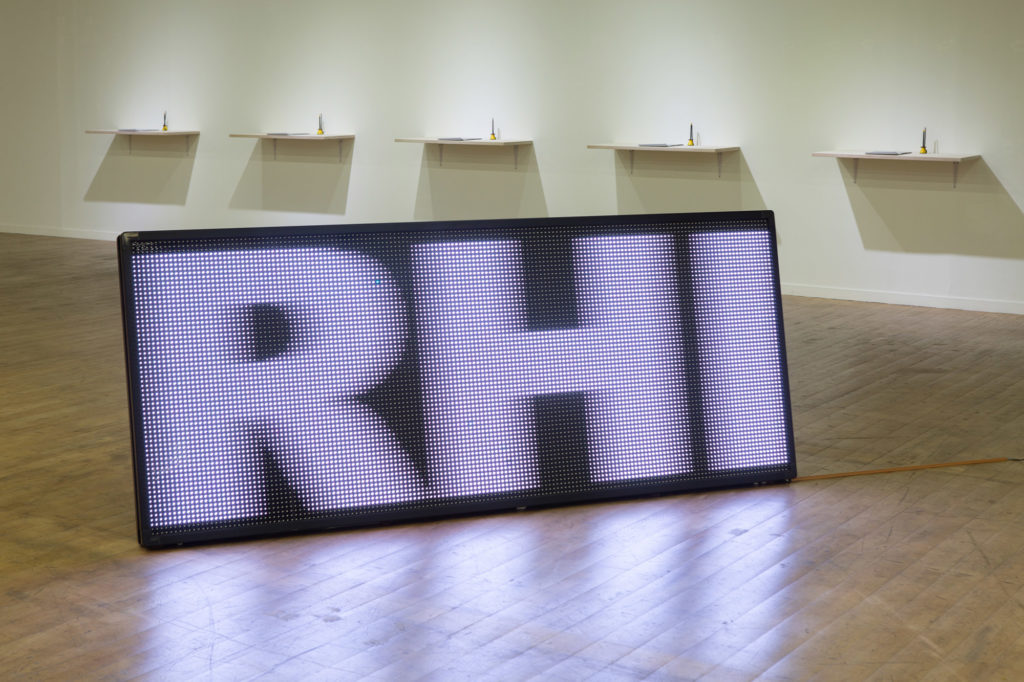
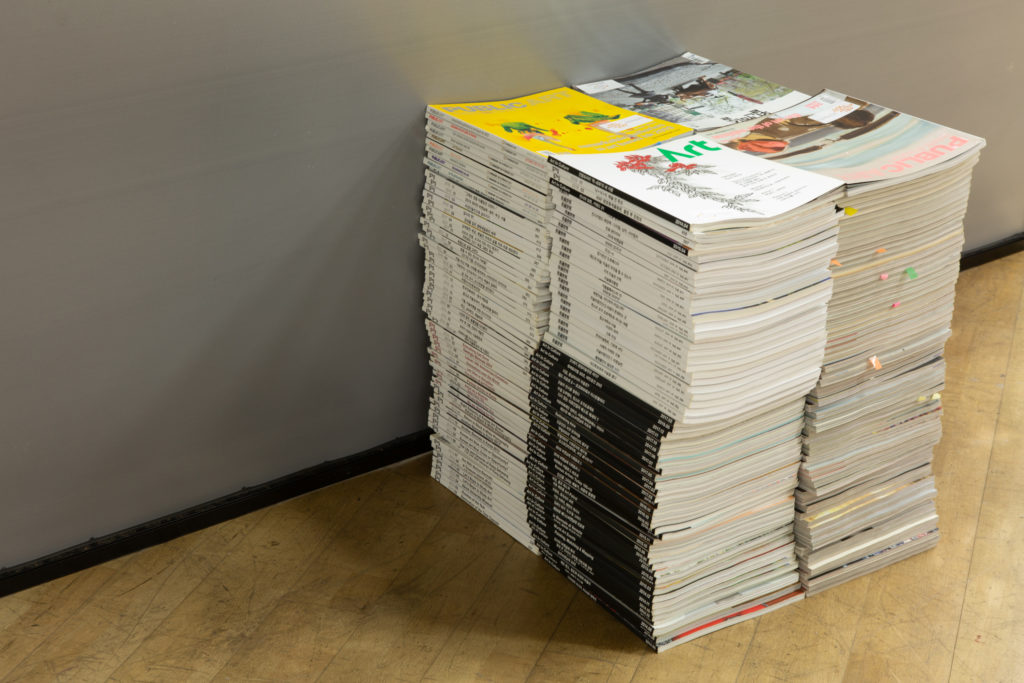

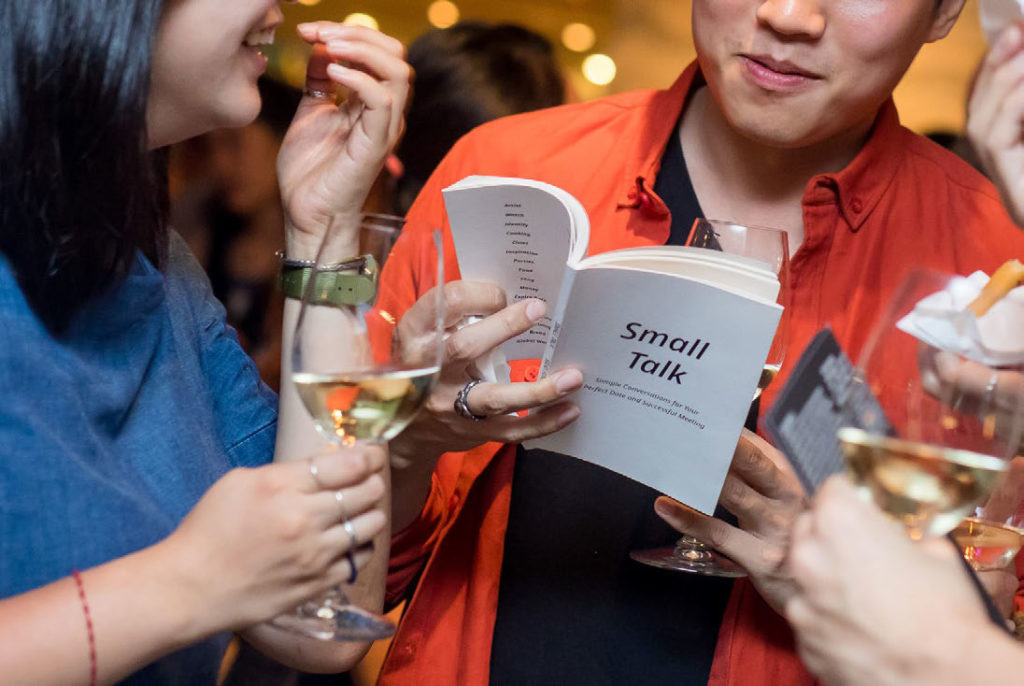
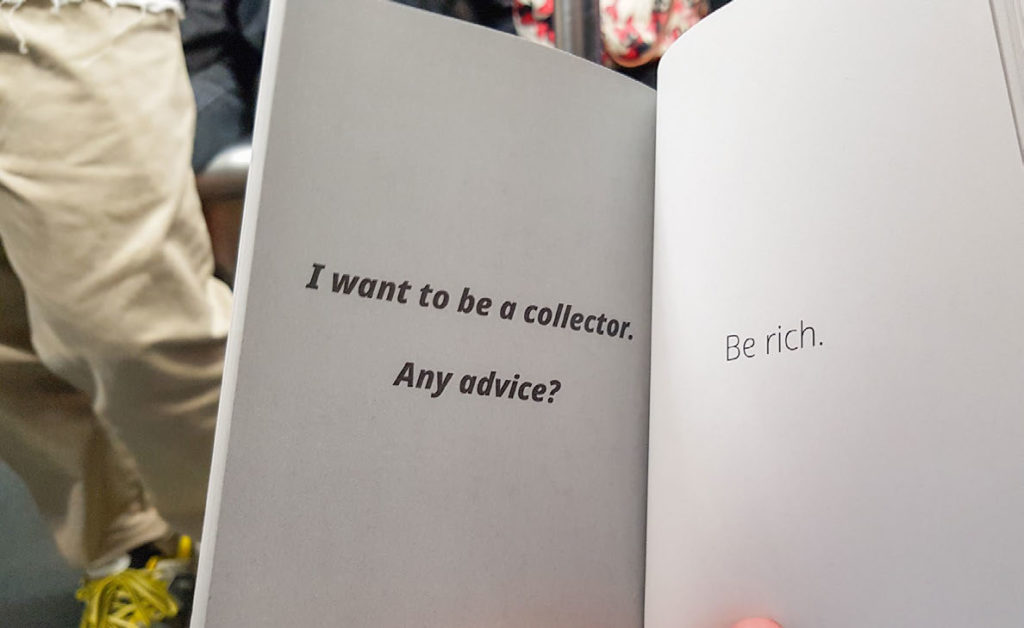
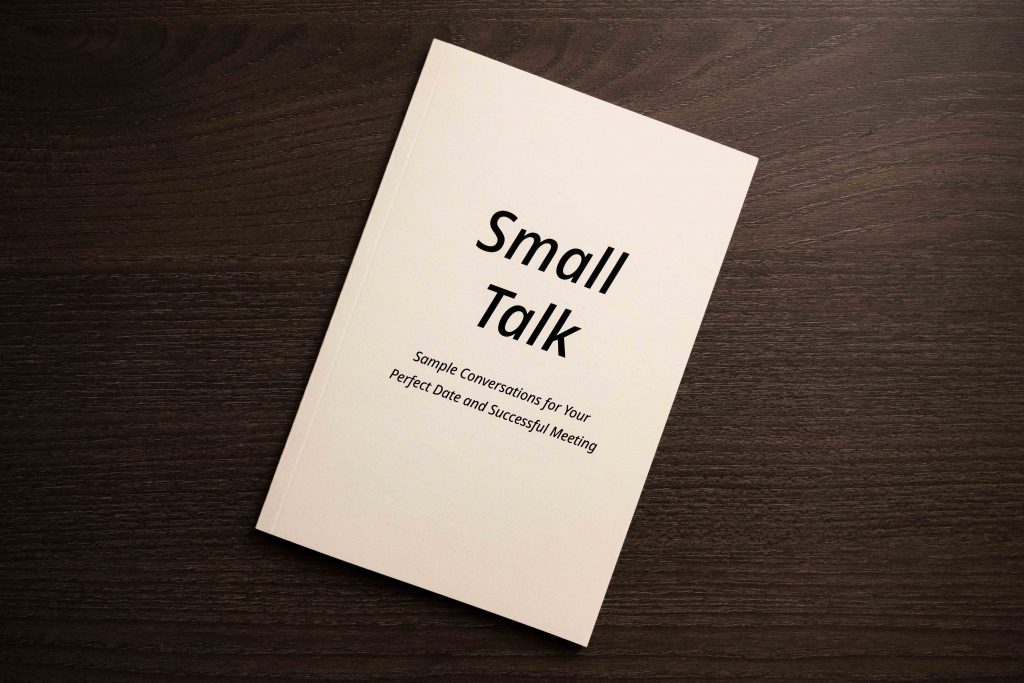
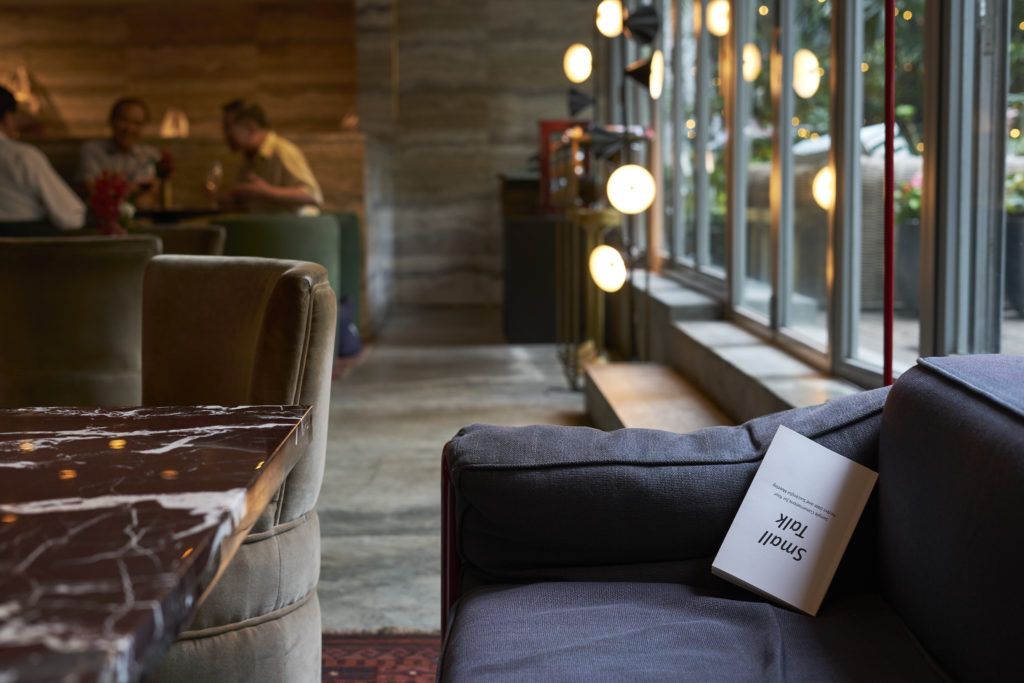
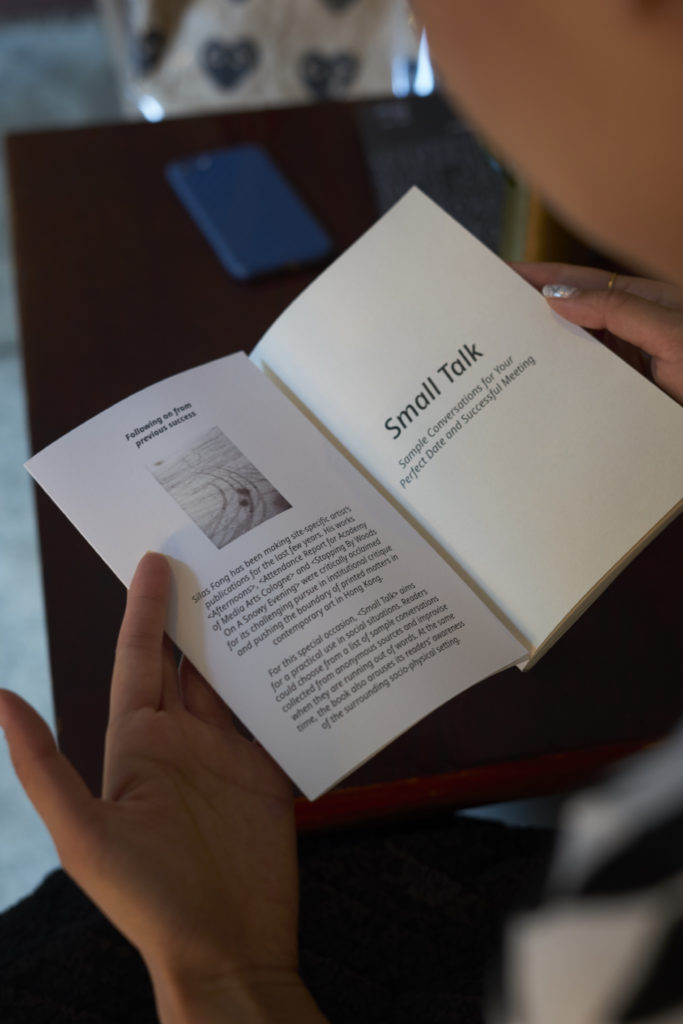
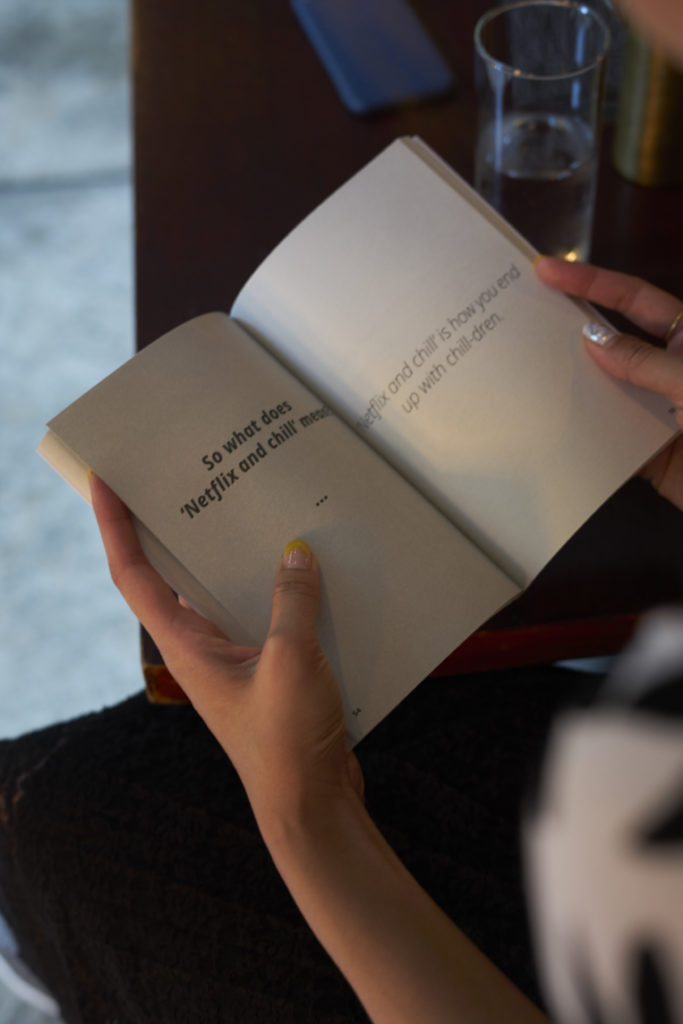

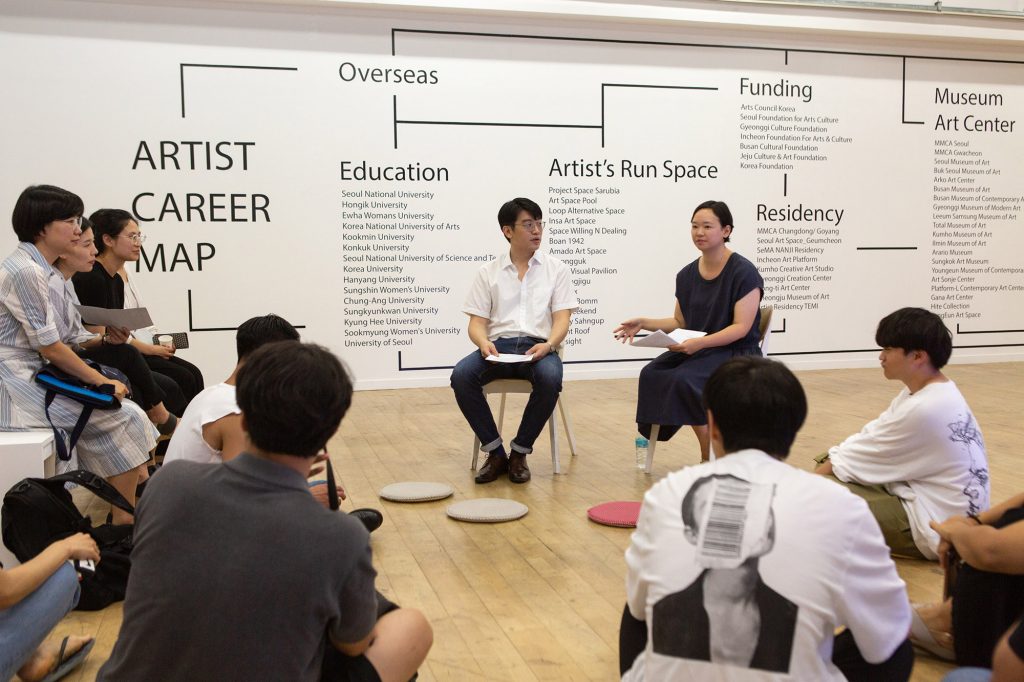
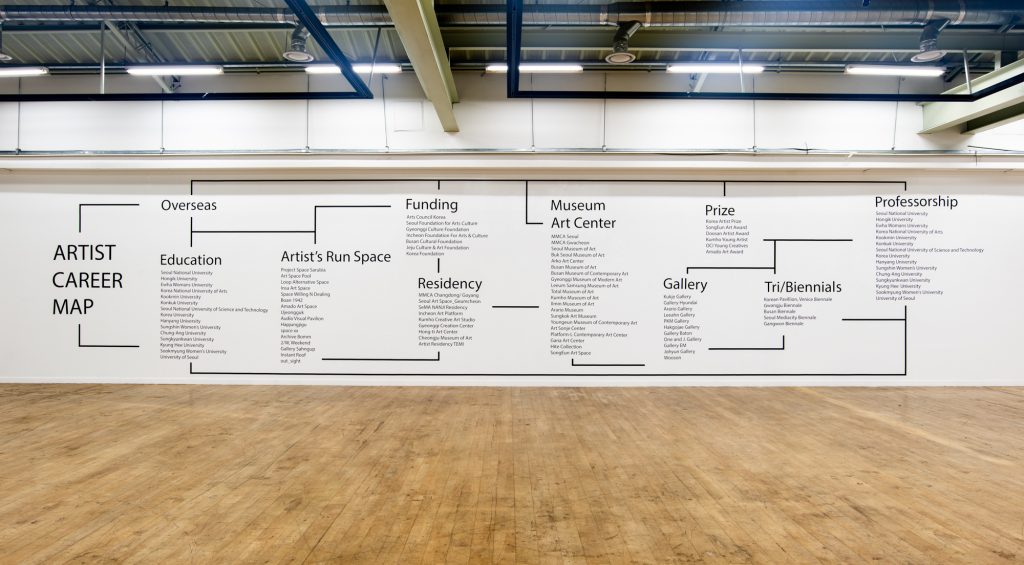
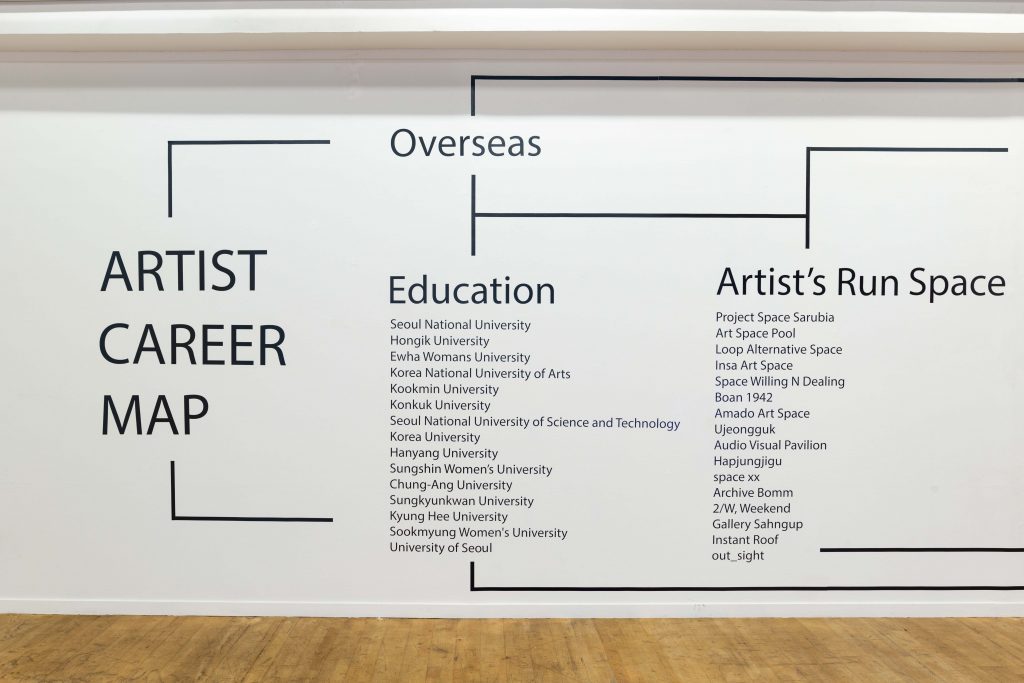
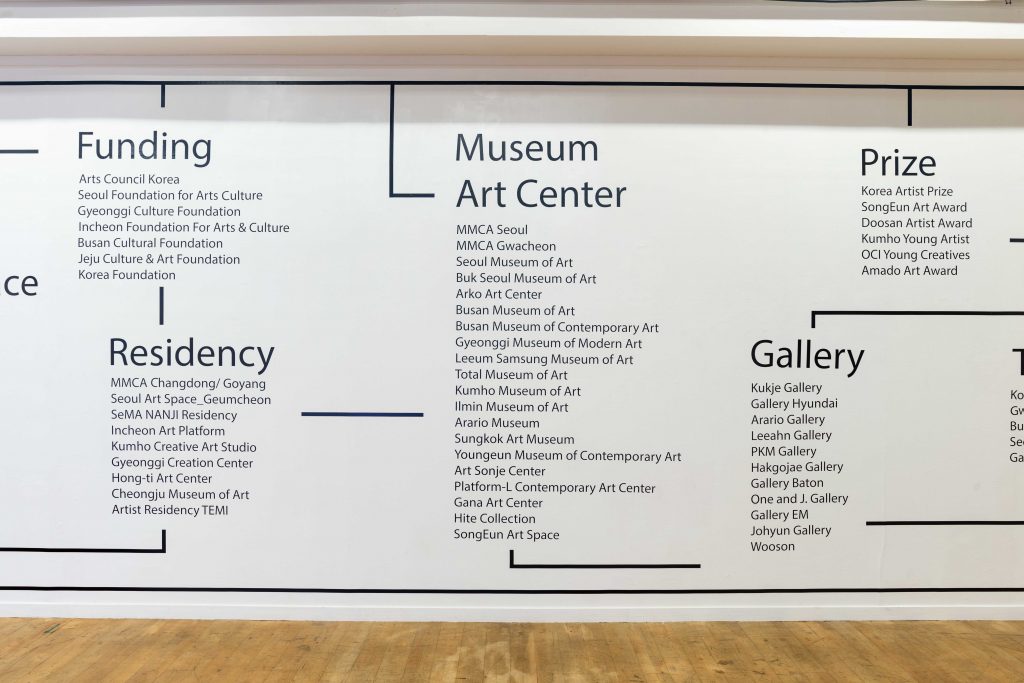
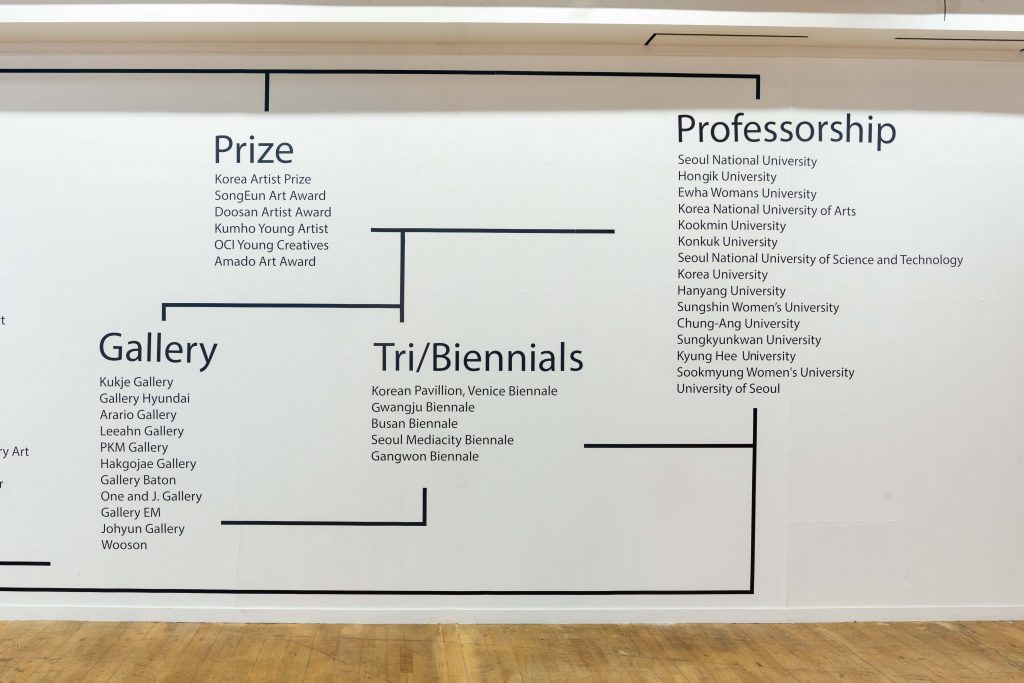
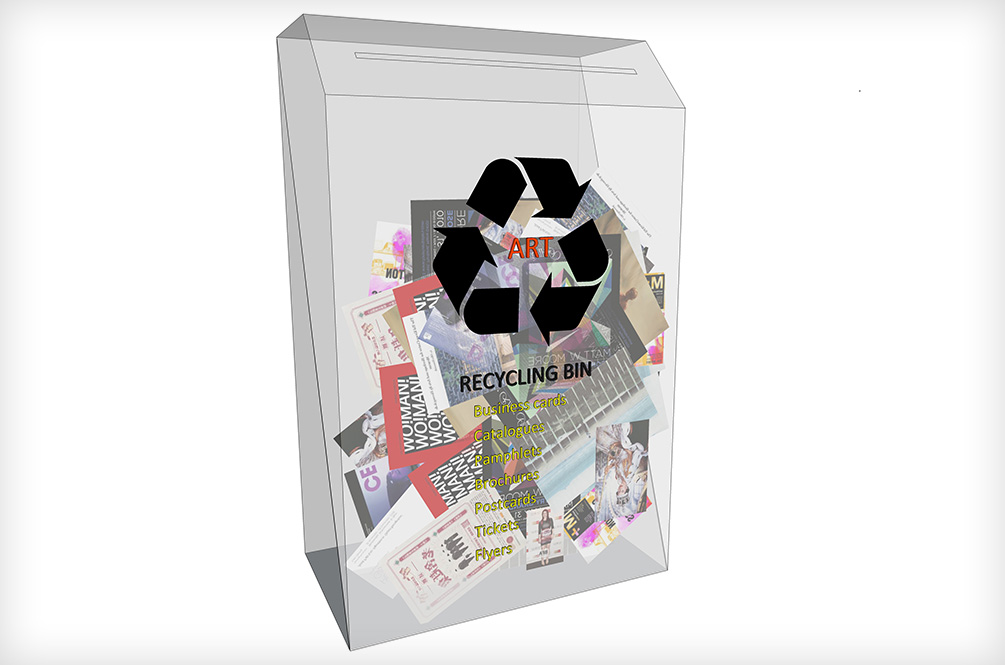
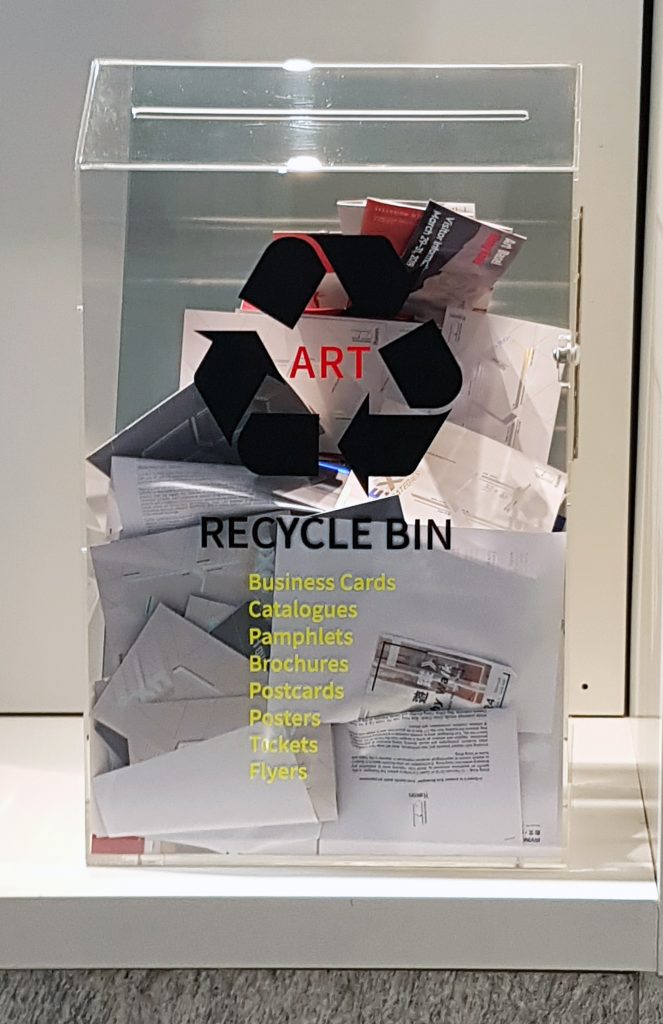
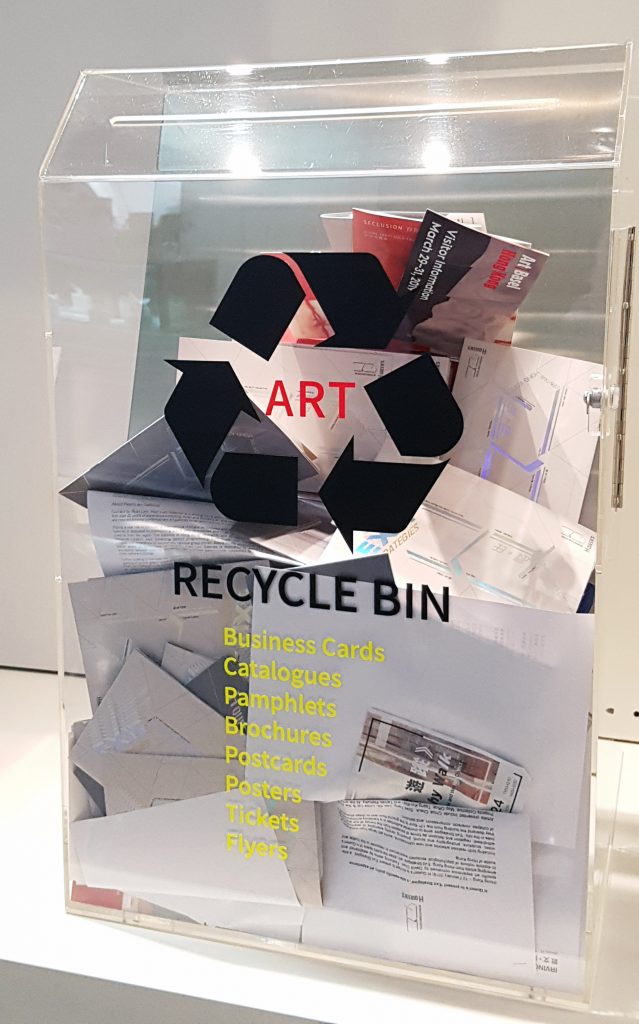
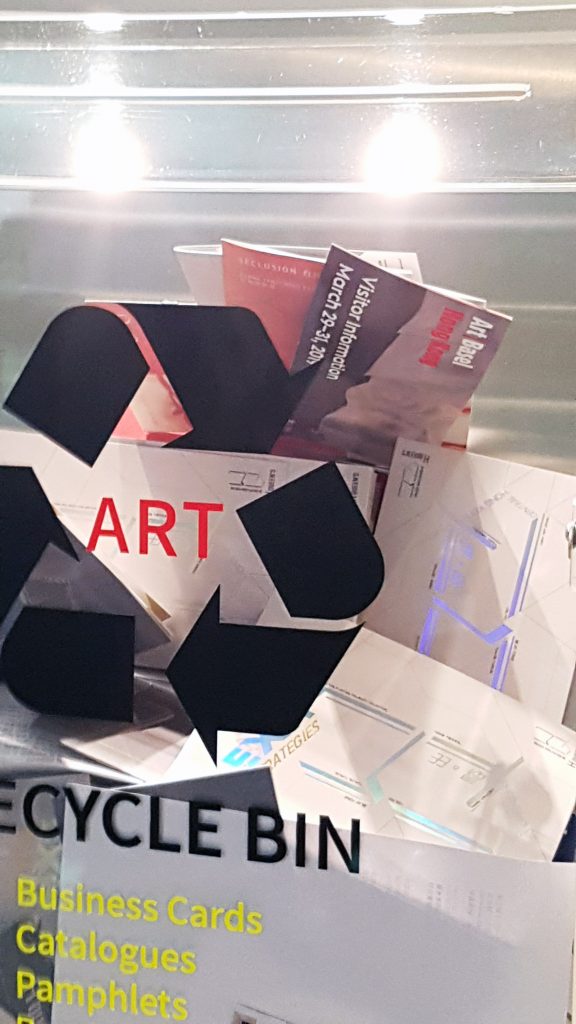
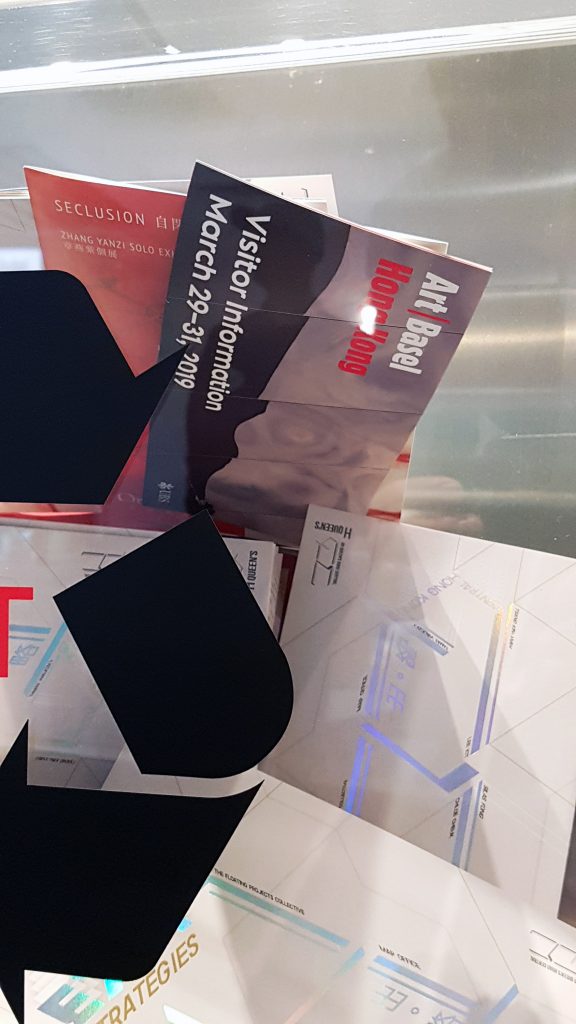
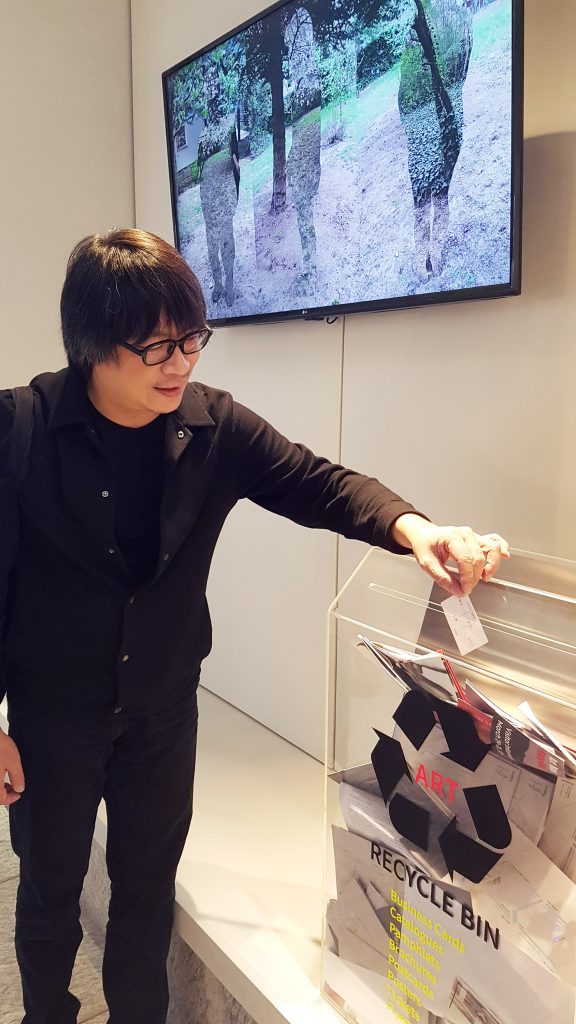
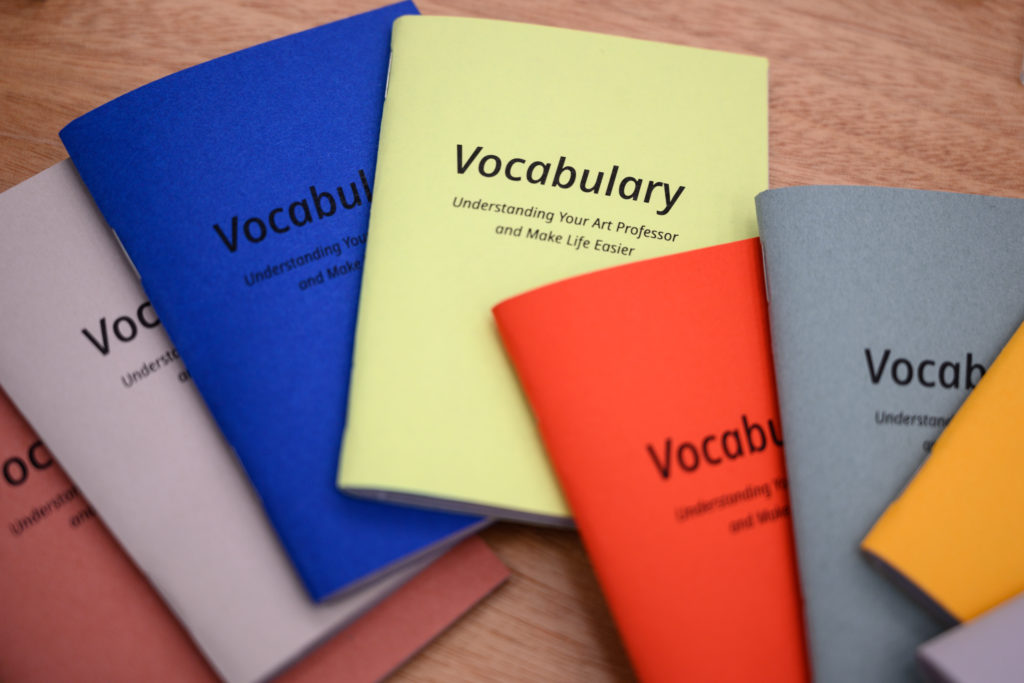
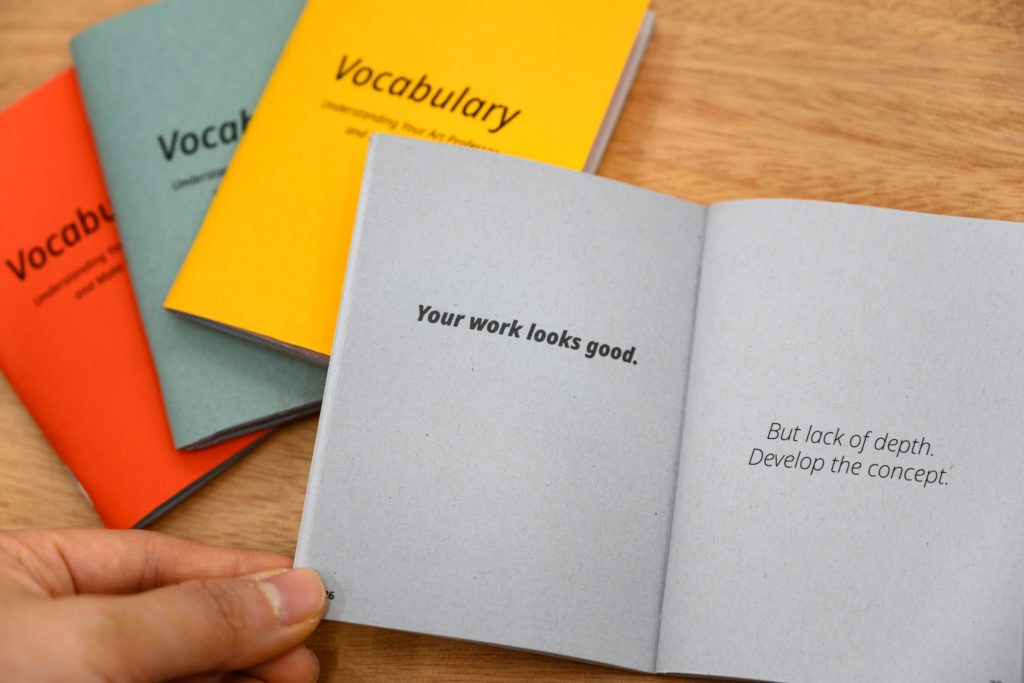
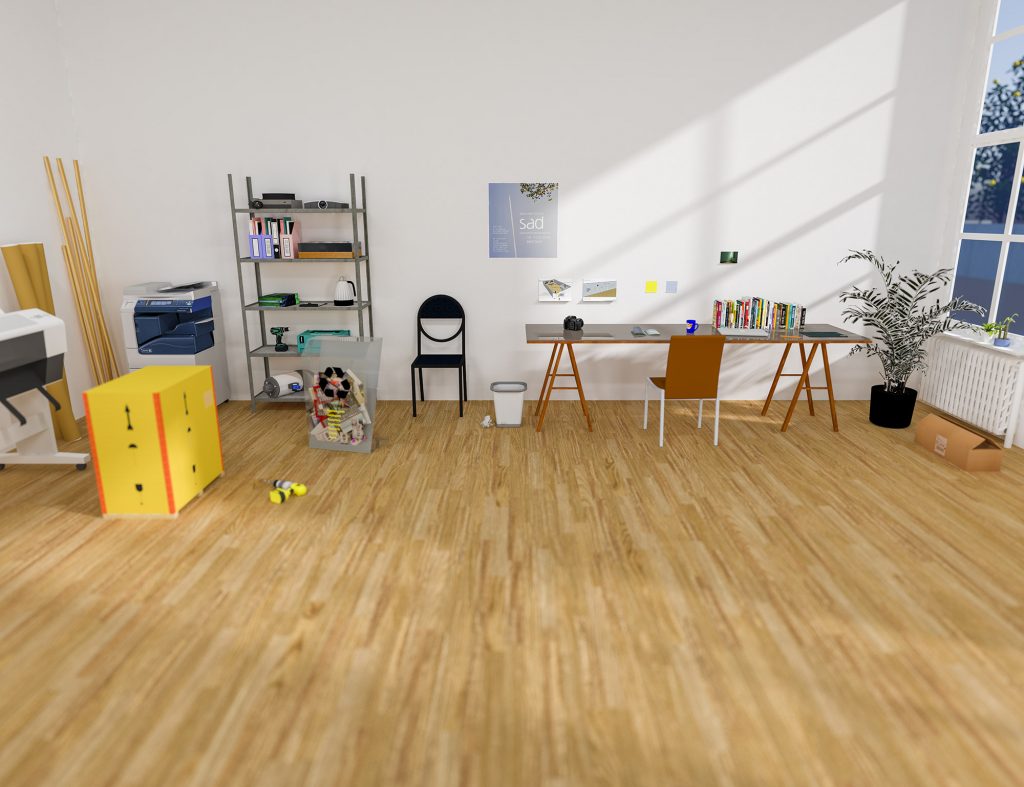
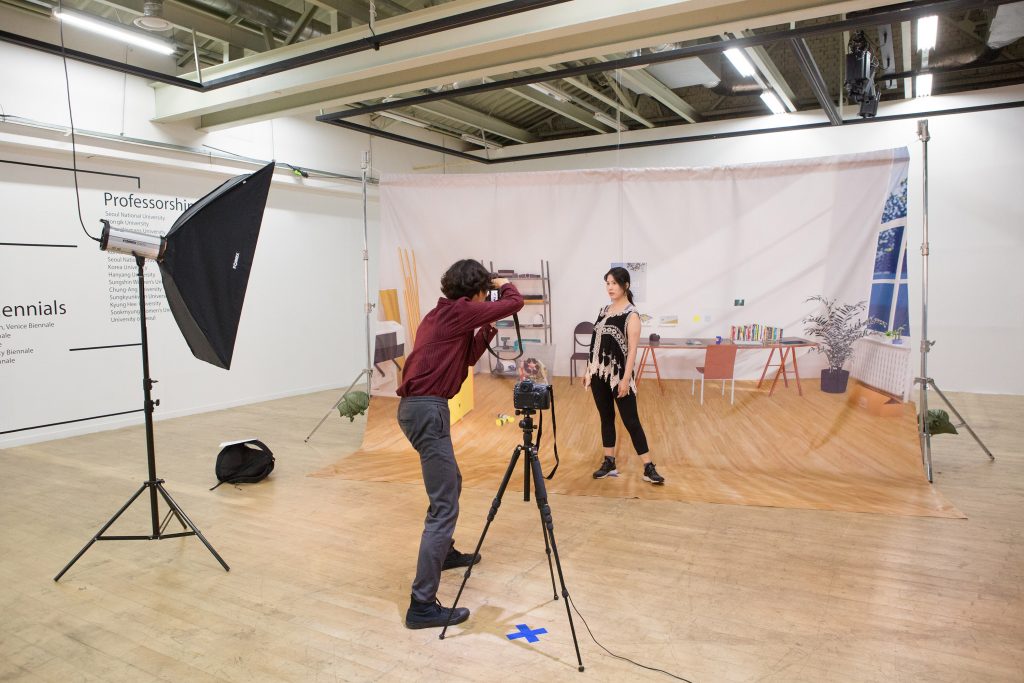



 Ye Hui, The Waiting Room,2018
Ye Hui, The Waiting Room,2018 Curator Yuan Fuca
Curator Yuan Fuca